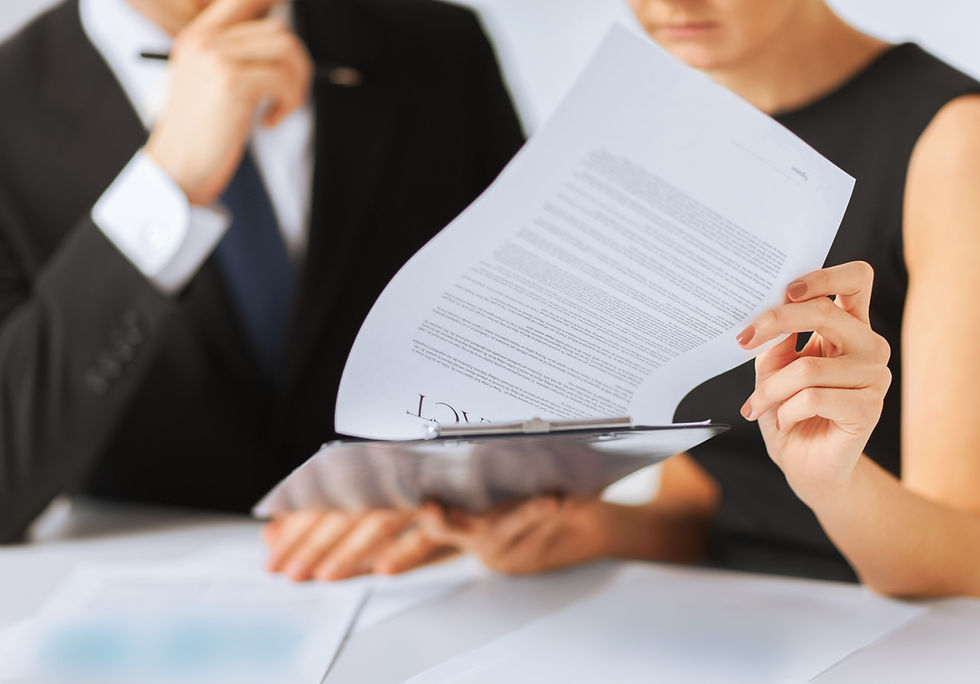What an Asset Purchase Agreement Looks Like
- Donna Ray Berkelhammer
- Aug 5, 2019
- 2 min read

As we’ve discussed, the asset purchase has a lot of value for a buyer in avoiding liability and increasing the basis and depreciation of assets.
The asset purchase transaction can start with a confidentiality agreement and a letter of intent or it can start with the asset purchase agreement.
An asset purchase agreement will start with a detailed description of the assets and any assets that will be excluded from the deal, such as personal items of the owner (anything from vehicles to decorations in the office) or cash. It will specify the purchase price and the structure of payment, including earnest money, when earnest money is refundable, and seller financing. It will allocate the value of the assets, including furniture, fixtures and equipment (FFE), inventory, training, intangible property and goodwill. If there is a non-compete and owner training included in the transaction, these items will have a value allocated.
Much of the asset purchase agreement is a series of representations and warranties from the Seller, such as:
• The company is validly formed and operated
• There are no known or pending lawsuits
• The equipment is in good working order and has been properly maintained
• The financials are accurate and complete
• The employees have been properly classified
• All tax returns have been filed and all taxes have been paid.
There will be a section on conditions that need to be met, such as the buyer getting financing and negotiating a new lease.
Finally, the asset purchase agreement will give timelines for closing, how to terminate the agreement before closing and what happens if unknown liabilities arise. There may be additional documents included, such as a bill of sale, seller financing and security and a non-compete.











Comments